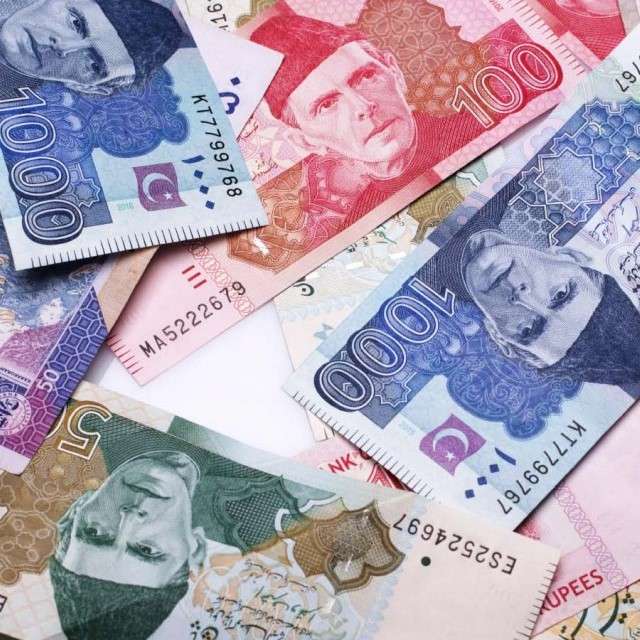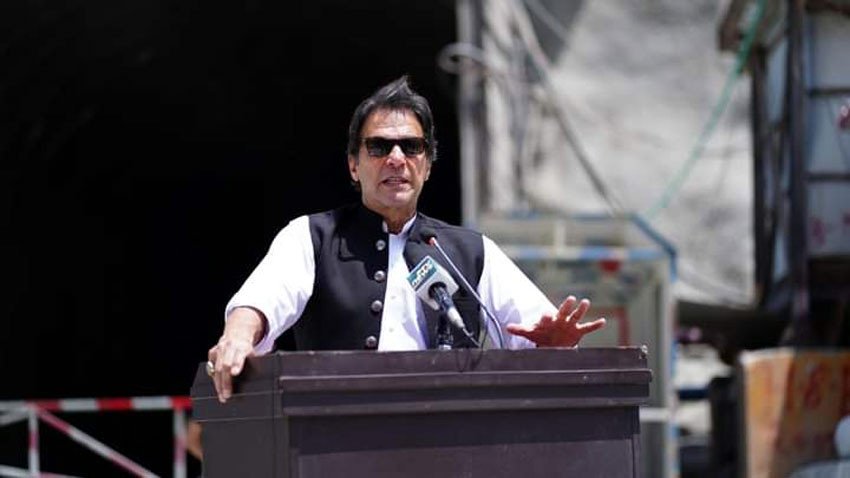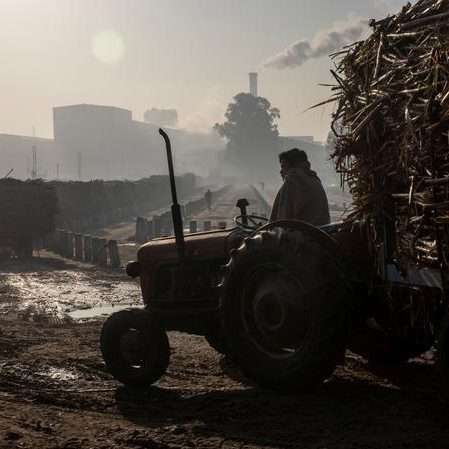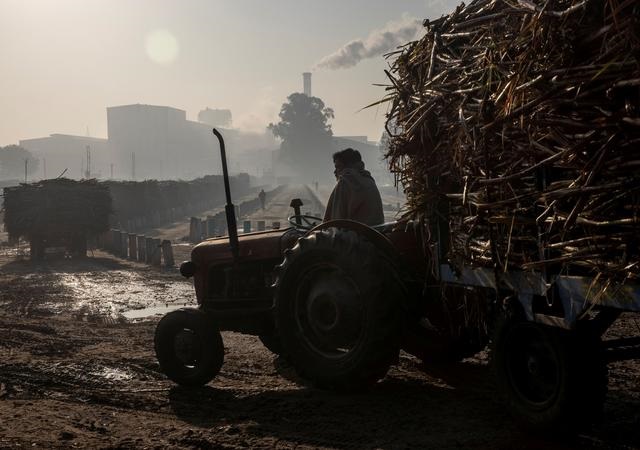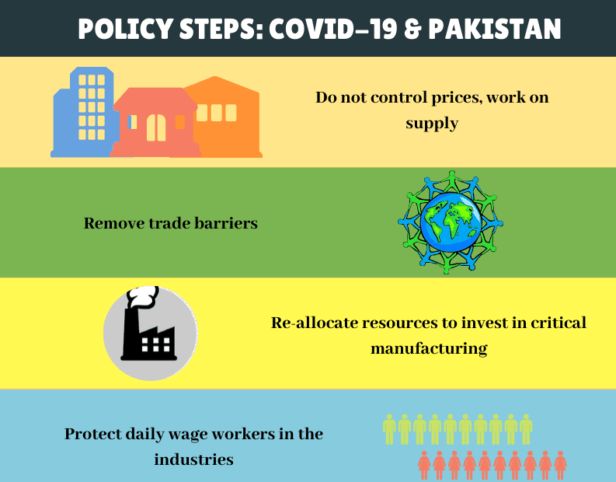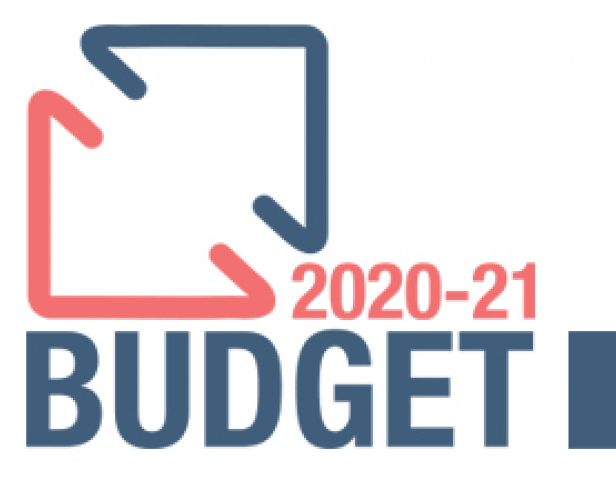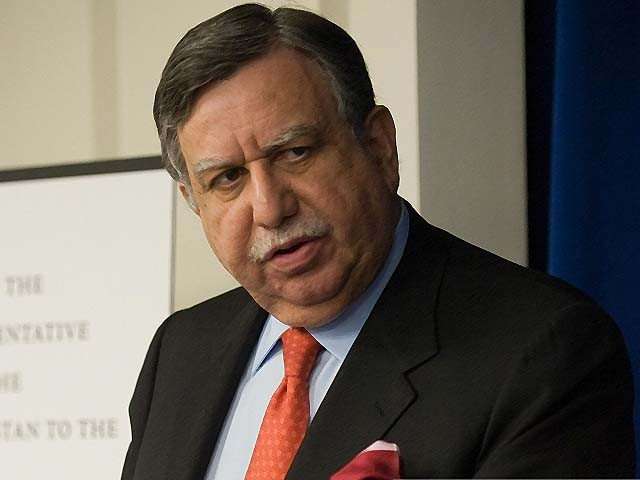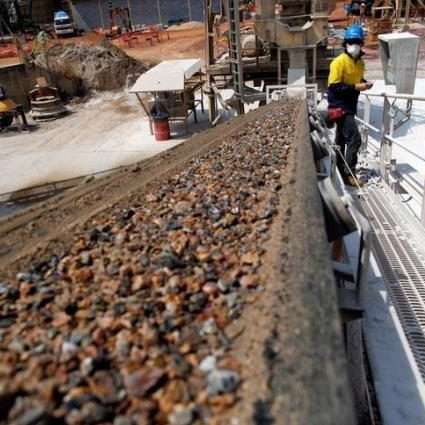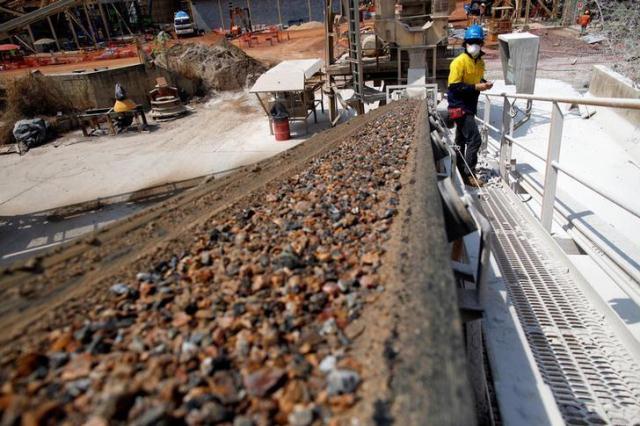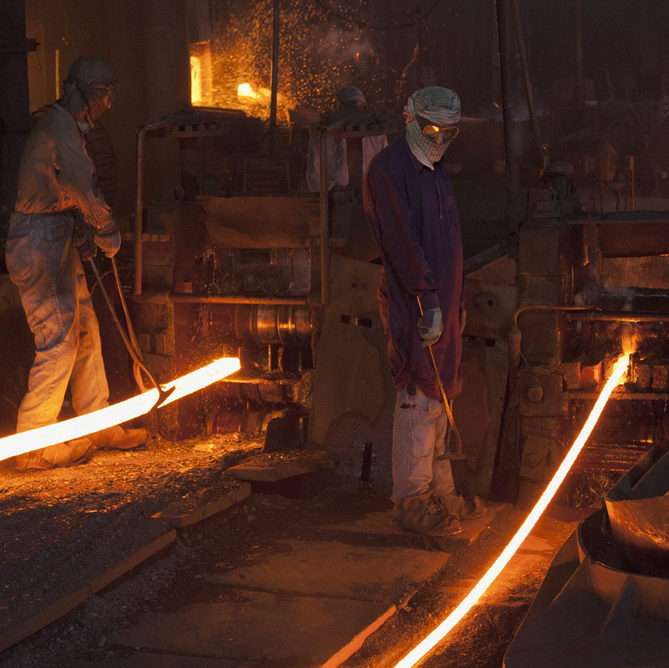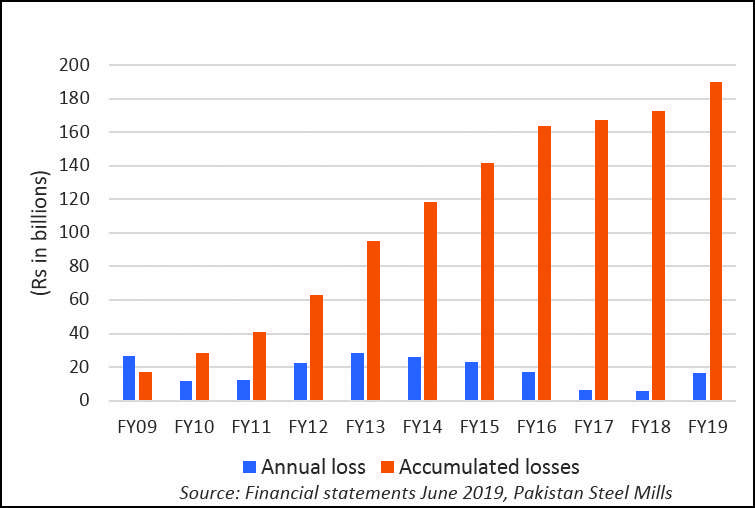Financing private sector growth
Ali Salman / Beenish Javed
Increasing private sector credit is imperative to improve business confidence
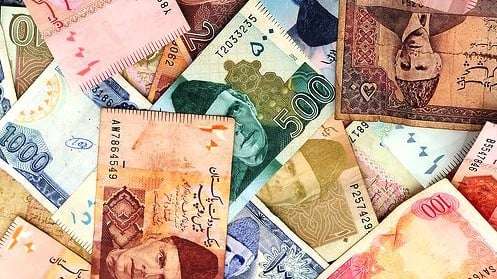
ISLAMABAD: Over the last two decades, Pakistani banks have experienced structural reforms and a phenomenal growth.
Their profitability has multiplied several times and they have played an important role in job creation as well. But it remains debatable whether the privatisation of banks has contributed meaningfully to financing the private-sector growth.
In this backdrop and in light of a new study by PRIME, this article assesses the trend of banking credit for the government and private sector in the post-reform period.
In the 1990s, banking reforms were introduced to reduce government’s footprint in the industry, increase private sector credit, minimise the ratio of non-performing loans, and improve banks’ efficiency and profitability.
Despite improvements in technical efficiency and profitability, the banking sector post-privatisation has not delivered necessary dividends for the private sector, as also noted by former chief economist Pervez Tahir.
It has been inefficient in performing its core function of channeling depositors’ savings into loans for private businesses. Instead, these funds are being increasingly geared towards government debt instruments to earn easy and secure profits.
Consequently, a large proportion of private businesses, particularly the small and medium enterprises (SMEs), remains financially excluded and faces difficulty in accessing finance.
Pakistan continues to lag behind regional economies with respect to penetration of bank credit and private investment.
According to the study, the ratio of private sector credit-to-gross domestic product (GDP) declined from 27.7% in 1985 to 18% in 2019, indicating a low bank credit penetration into the economy post-reform. This ratio remains significantly higher in Bangladesh (45%) and India (50%).
Furthermore, private sector’s participation in fixed investment remains lacklustre at 11% while the same stands at 23% in Bangladesh and 21% in India.
Several demand- and supply-side factors have contributed to the post-reform decline in private sector credit.
Starting with the supply-side factors, the first and foremost has been the rising government footprint in credit market in the form of increased borrowing from commercial banks, supported by the rise in interest rates.
In 2011, the suspension of Standby Agreement with the International Monetary Fund (IMF) forced the government to increasingly rely on local banks to meet its budgetary requirements, resulting in crowding out of the private sector.
Between 2015 and 2018, the focus of government borrowing shifted from scheduled banks to the State Bank of Pakistan (SBP), resulting in a decelerated pace of scheduled banks’ investment in government securities.
Over the last two years, banks’ investment in government securities has surged again on account of IMF condition restricting government borrowing from the SBP.
The large federal footprint in the credit market has thus suppressed private credit offtake by reducing the funds available for private credit. Moreover, the lucrative mark-up on government securities has provided an impetus to the banks to increasingly invest in them.
As of December 2020, credit to the government stood at Rs15.2 trillion as against private sector credit of Rs6.5 trillion.
Second, the decline in private sector credit can partially be attributed to the shrinking footprint of development finance institutions (DFIs).
Post-reform, these institutions gradually faded due to the broad restructuring of the financial sector, leaving a void in terms of institutions that could provide long-term financing for the development of key industries.
Third, loans and advances given to the private sector generally entail the risk of default. This risk, however, is more pronounced in case of Pakistan due to non-existence of bankruptcy laws and imperfect information.
Given that there is an alternative of risk-free investment available and credit demand from the government continues to increase on the back of rising budgetary requirements, the post-reform banking sector has little incentive to extend credit to the risky private sector, especially the SMEs that are often subject to credit rationing.
Fourth, the red tape or cumbersome procedures to access finance through formal channels have repercussions for the private sector credit.
Post-reform banks have devised procedures and systems keeping in mind the blue-chip corporations. The higher collateral requirements and legal costs in case of default increase the compliance cost and put SMEs at a significant disadvantage.
Fifth, the restructuring of financial sector has been detrimental from the inclusion standpoint as banks’ disbursements are heavily skewed towards blue-chip corporations, while SMEs remain financially deprived.
The share of large-sized borrowers in total loans of the banking sector stands at 87% in Pakistan relative to 72.5% in Bangladesh while such borrowers account for only 1.6% of the total borrowers in Pakistan.
There are demand-side constraints to private sector credit as well including poor financial awareness and attitude towards formal finance as well as sluggish demand for long-term investment.
Moreover, the high mark-up on long-term loans has undermined the financial incentives and failed to stimulate demand for long-term investment. Therefore, most borrowing by the private sector centres around working capital, which is cheaper to avail.
During these unprecedented times, increasing private sector credit and ensuring financial inclusion is imperative to improve the business confidence and propel private sector activity.
This needs all parties – banks, private sector and the government – to alter their course and take a different direction. The government must roll back and the banks must make an advance.
The writers are affiliated with the PRIME Institute, an independent economic policy think tank based in Islamabad
Published in The Express Tribune, July 19th, 2021.

